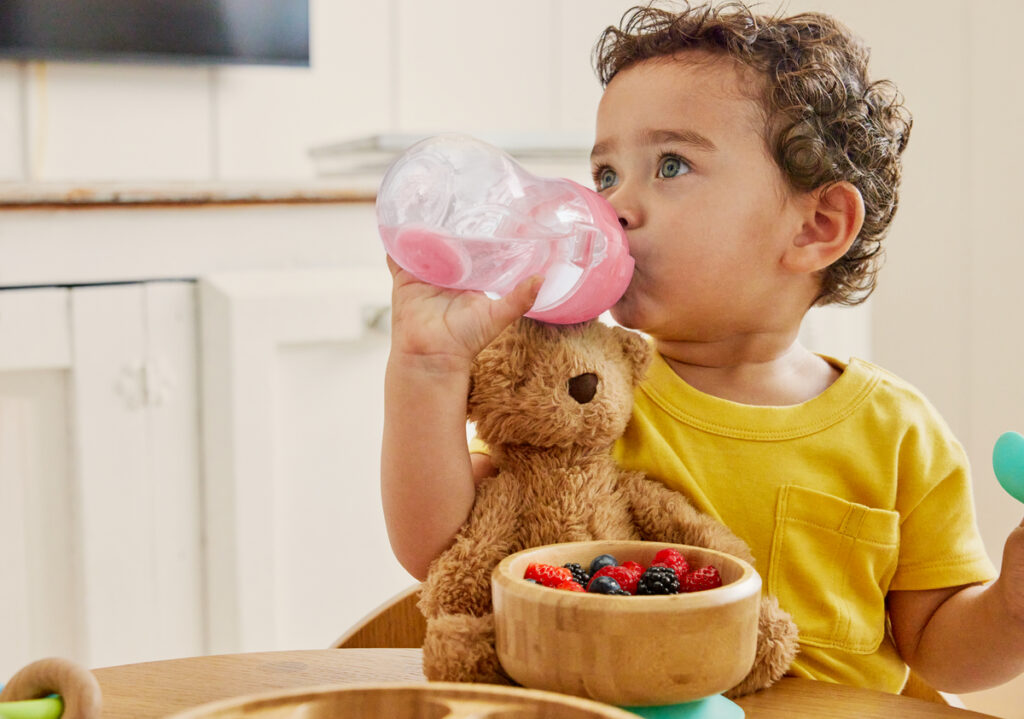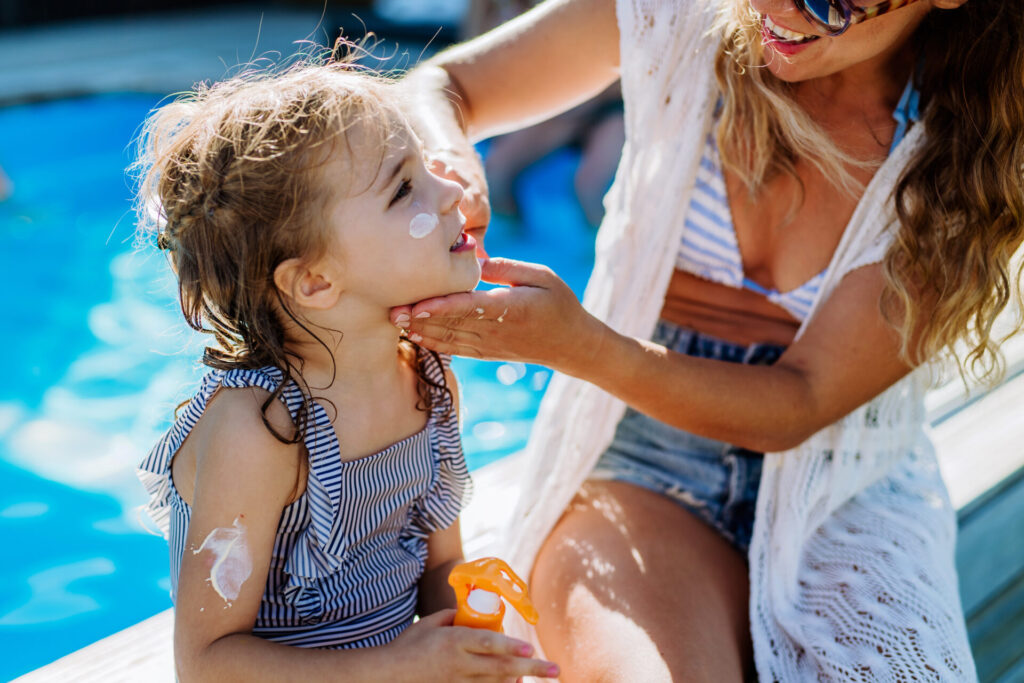The image of Linus from Peanuts holding his security blanket is etched into our culture. Granted, that blanket came in handy over the years as a loving skirt for a less-than-perfect Christmas tree, and as a formidable weapon when needed. Parents, however, see the constant companion as a germinfested social no-no.Children find comfort by rubbing a blanket under their noses, holding it against their cheeks or even wrapping up in it to soothe themselves. They do grow out of needing their security object with them at all times, but may still take the blankie or Teddy to bed for years. But really, when was the last time you saw someone carrying a Teddy to a business lunch? Most parents, nevertheless, feel that by the time a child is nearing school age, it’s time to give the Teddy, blankie or dolly a rest.
BREAKING THE BLANKIE ADDICTION
“In our family the girls loved blankets; the boys loved stuffed toys,” says Marg Daniels. “In fact, and you must change my name if I tell you, I still go to bed with shreds of my blankie.” “Don’t rush a child to give up his security blanket,” says child psychologist, Gregory Moffatt, author of The Parenting Journey. However, if you’re determined to break the addiction, try putting it away for a while. Yes, your life will be miserable from that moment, and do give it back if your child is extremely distressed. Often, if you try to substitute some other item you might end up with a new attachment, or a complete rejection of the substitute. Some children are ready to move on, and, within a few days, they ‘forget’ their favourite toy.
WHY A BLANKIE IS IMPORTANT
Research that was published in the journal Cognition in March 2007 by Professor Bruce Hood from the University of Bristol (U.K.) and his coleague Dr. Paul Bloom of Yale University, says that childrenthink their favourite toy or blanket has a unique property or ‘essence’. It used to be thought that these attachment toys or transitional objects were comfort items that provided a sense of security for infants raised in households where they slept separately from the mother, but that’s not the case. It’s a coping mechanism. Your child’s life doesn’t have to be full of major stress, just the everyday stress that happens as they grow up. A blankie or special toy can help them through the rough spots.
A BLANKIE INTERVENTION?
Moffat believes it’s not necessary to get rid of it as long as the item is not harmful in any way. For instance, a child who is getting teased by older siblings or schoolmates might be a candidate for an ‘intervention’. “I knew my son’s Teddy was important to him,” says Daniels. “And I never intended on taking it away, but one day ‘Mr. Pokey’ didn’t make it out of the
washing machine. It was like a fluffy crime scene!” Jason seemed to go into mourning and Daniels remembers how guilty she felt. “He did move on, however, but I think there was a big hole left by the demise of Mr. Pokey.” She knows that her daughter Brianna, now 16, still sleeps with a part of her blue blanket she had as a baby. “What can I say to her? I still
have mine tucked inside my pillow!” PC














